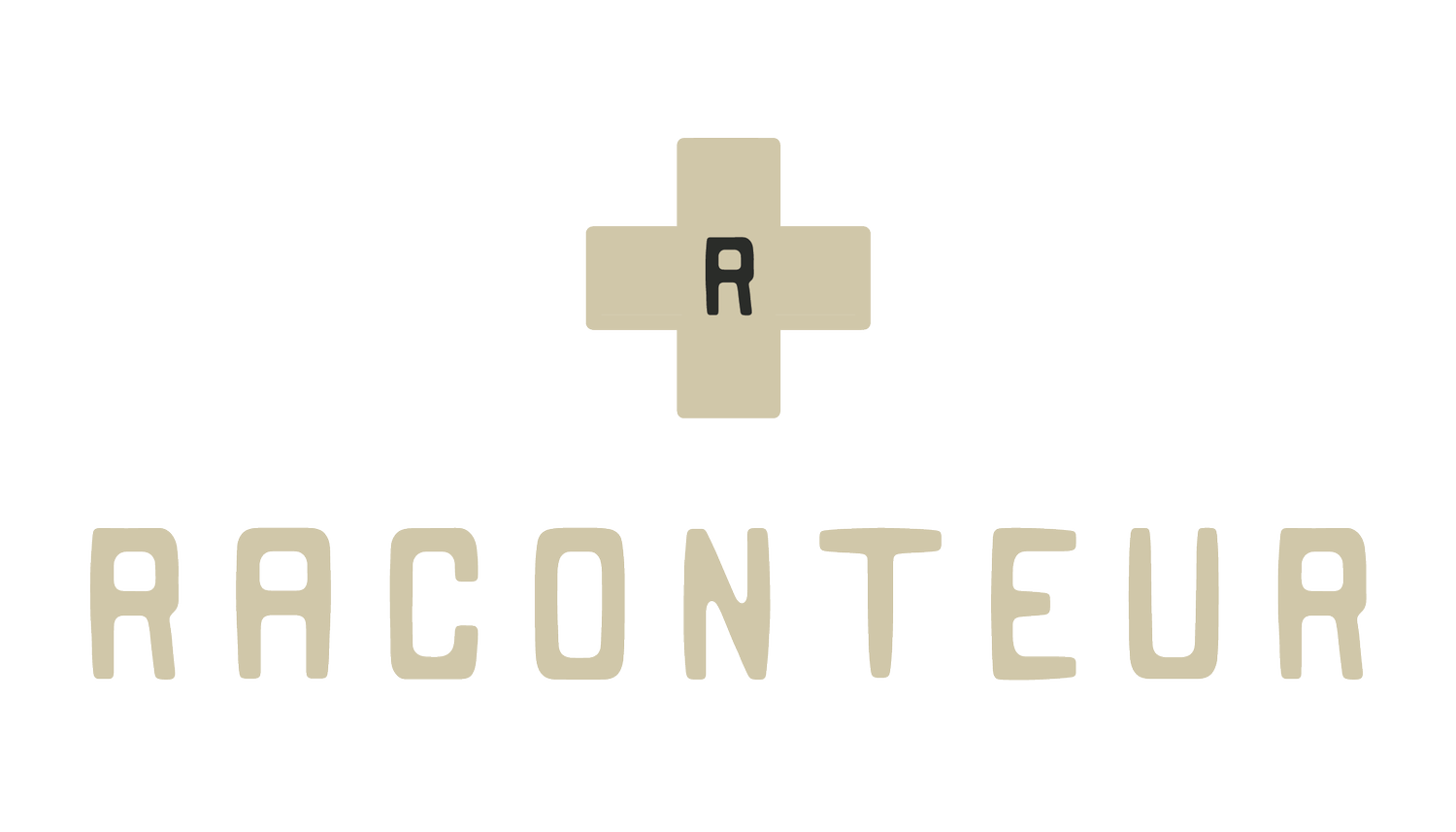ETCHED IN STONE | Scene Four: Mending the HOop
Finn and I moved down the canyon and crossed the lush coulee floor. The coulee had turned west, and we scrambled up a shallow cut to traverse the north rim as we approached the main Moses Coulee area.
The coulee widened significantly near the Columbia River and supported bottomland ranches and towering basalt walls. The power of Bretz’s Flood was evident as we peered down the long corridor that once funneled a mass of water into the Columbia River.
A nearby wheat field washed up against the sagebrush like an ocean wave pushing over barren sand before meeting dune grasses. Turning 90 degrees to the north, we worked toward the wheat with the expectation of a Hun covey feeding either on the edge or in the stubble.
My legs quivered, and thirst clutched my gut. Finn had grabbed some water in the coulee bottom, but my bottles were dry. Sweat stung my eyes as the evening sun beat upon my left cheek. The thought of calling the hunt had no more than hit my forebrain when it happened. “BEEP.”
Approaching for the flush revealed my beloved elder setter pointing on the edge of the stubble and peeking out from behind a sprawling sage. With the shotgun stock in my right hand and thumb near the safety, I swiped a flannel sleeve across my brown to clear the sweat. My arm-waving spurred a dozen chirping Huns to depart over the stubble. With a swift mount and swing to the right, a puff of feather expanded like an orb from a peripheral bird as it fell between the golden stems.
Finn flopped down at the bird, mouth agape. Her flat, wide tongue lolled from her jaw's left side. Clearly, we were both spent. Sitting beside Finn, I stroked her thin coat while offering soft praise and looking across the canyons at miles more sagebrush, basalt, and undulating rocky terrain that squirms with birds and mule deer. Aside from cattle grazing, this land is too rugged for agriculture, which means the dregs of the scablands’ sagebrush country are likely to remain intact.
Looking west, the sun glistened from waves on the Columbia River. The roar of water barreling through the coulee, full to the brim at 200 feet, offered a humbling and somewhat terrifying mental image. The ground shaking and the shockwave of rolling boulders clacking together would send a piercing pulse through the uplands. Colossal ice rafts carrying house-sized glacial erratics floated on the torrent and deposited the immigrant rock more than 250 miles from its origin.
Time and change have been hard on the scablands and its natural inhabitants. “Progress,” whether in the form of natural process, white settlement, or urban and agricultural development, has reduced the shrub-steppe, Columbian sharp-tailed grouse, and the Confederated Tribes of the Colville Reservation to a fraction of what they once were. The traditional territory of the Columbia-Sinkiuse People alone consisted of approximately 4.3 million acres; the area bordered approximately to the north and west by the Columbia River, extending south to the Potholes area and east toward Ritzville. The Colville Reservation, home to a dozen Tribes, now covers 1.4 million acres in north central Washington, primarily Okanogan and Ferry Counties.
Gaining my feet and gathering my gear, I decided upon a final glance from atop the high coulee rim. As the air cooled and began to settle into the coulee, the settling air pulled at the warm air radiating from the uplands like a blanket sliding off the edge of a bed. As I approached the rim, inaudible voices drifted from below.
“Must be folks on that ranch a few miles down the coulee,” I thought. But moments later, when peering over the coulee rim, the source of the voices became clear. The “Singing Rocks.”
A sacred area of Moses Coulee called the Singing Rocks is said to have absorbed the voices of the Columbia-Sinkiuse People. The voices can still be heard, but only when conditions are right. What makes for the right conditions is unbeknownst to me.
A Tribal Elder’s mother once said that the opposite of dismembering is remembering. When people come together as friends and remember, they begin to heal the broken hoop. I imagine the hoop she speaks of being one that connects the people and their cultures to one another, the land, and its flora and fauna. In other words, our ecosystem, which modern man assumes that we are too advanced to be included within or influenced by. We are all connected by natural, social, and spiritual bonds.
Acknowledging cultural history and honoring Tribal customs as we traverse their traditional lands is one way to remember what our Indian brethren endured as America was settled. And, there is no memory stronger than that of a landscape that harbors the tales of Bretz’s Flood, the Columbia-Sinkiuse People, and the Columbian sharp-tailed grouse; their stories eternally etched into the sage and stone of the channeled scablands to ensure that human kind shall never forget.
The sun settled on the horizon behind us, casting a warm, peach glow on the distant hills. The sagebrush lit up like mint lollipops, while the coulee bottoms and eastern aspects went dark in the evening shadows. We would make the truck after nightfall, but not to worry. The scablands, Coyote, and the Columbia-Sinkiuse People had been good to us.

